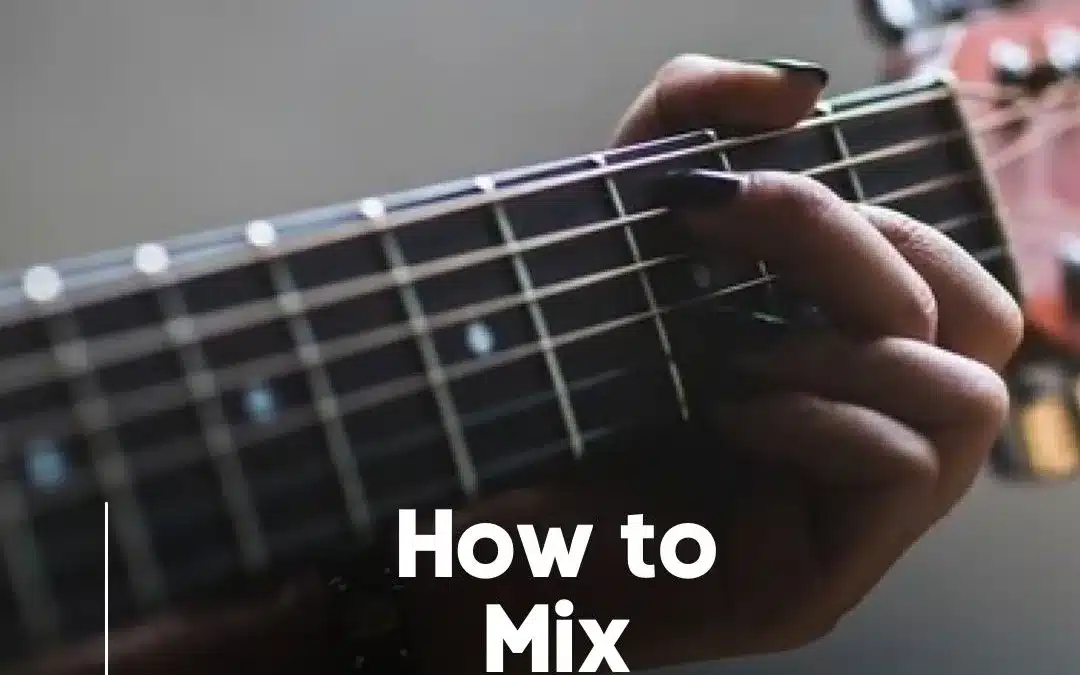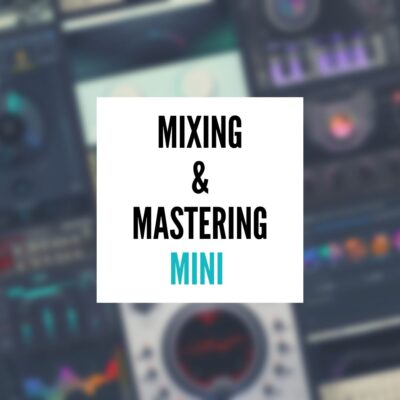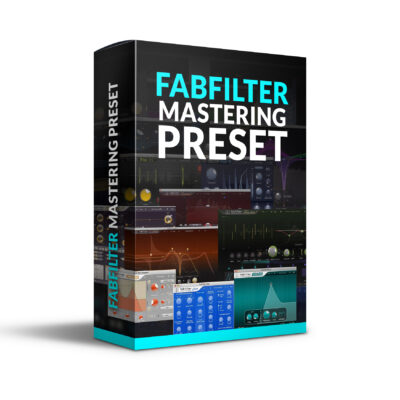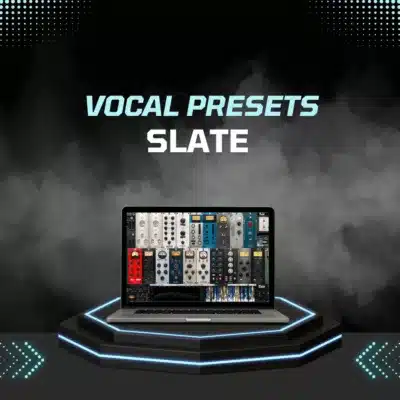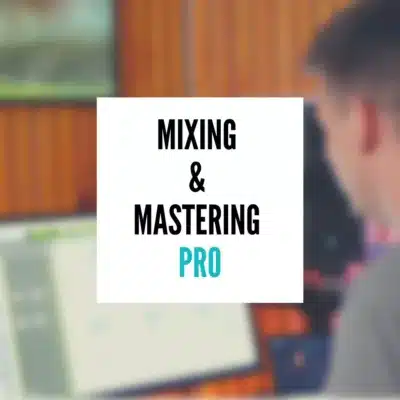How to Mix Acoustic Guitar: Real-World Techniques from My Studio to Yours
Mixing acoustic guitar can be one of the trickiest—and most satisfying—parts of a mix. It’s an instrument that can sound beautifully rich or painfully thin depending on how it’s recorded and treated. Over the years, I’ve worked on everything from raw indie folk tracks to polished pop records, and no matter the genre, getting the acoustic guitar to sit just right has always been one of those “make or break” tasks.
In this post, I’m going to walk you through the techniques I use when mixing acoustic guitar. These aren’t just textbook tips—they’re things I’ve picked up over time, tested on real sessions, and refined with every mix.
Start by Understanding the Role of the Acoustic Guitar
One of the most important steps in mixing acoustic guitar—before touching any plugin or EQ—is figuring out what role it plays in the song.
Ask yourself: Is this guitar supposed to be the focal point, or is it supporting something else? That single question shapes how I approach everything that follows.
In some tracks, the acoustic is the emotional anchor. Think of a singer-songwriter ballad where it’s just voice and guitar—that guitar needs to sound intimate, detailed, and expressive. In that case, I might keep it front and center in the mix, with very subtle processing to preserve the natural dynamics and tone.
Other times, it’s more of a percussive, rhythmic layer—like in a pop or country production where it’s strumming underneath a wall of vocals, drums, and synths. Here, I’m thinking more about tightening the timing, cutting out any muddiness, and making sure the transients snap without fighting the snare or vocals.
Or maybe it’s doubling another instrument—like a piano or pad—and just needs to add texture. That’s when I’ll pull it back in the mix and use EQ to carve it into its own little pocket without cluttering up the mids.
Pro tip: Before you solo the guitar, listen to it in the full mix and ask yourself: What’s missing if I mute it? That answer will tell you everything you need to know.
Taking the time to define the acoustic guitar’s job early on saves a ton of second-guessing later. It also keeps your mix decisions purposeful—you’re not just throwing on a plugin “because you always do,” you’re shaping the sound around its musical role.
Recording: The Foundation of a Great Mix
Before you can mix a great-sounding acoustic guitar, you’ve got to record one. I’m big on capturing a wide, full sound at the source—that’s what gives me the flexibility I need later in the mix.
My go-to setup is a two-mic configuration:
-
Condenser mic near the 12th fret — I typically use something like a Warm Audio WA-47jr here. It captures the clarity and articulation of the strings without being too brittle.
-
Dynamic mic near the body — I’ll often pair that with a Shure SM7B pointed around the bridge or lower bout to get the warmth and resonance of the guitar.
This combo gives me the best of both worlds: the sparkle of the strings and the low-mid body tone that fills out the mix.
Sometimes I’ll pan the two mics out for a nice stereo image—hard left and right or just off-center depending on what else is going on in the song. But I always check for phase issues first. If the mix collapses in mono, all the width in the world won’t save you.
If I’m only working with one mic—no problem. I just make sure it’s aimed somewhere between the bridge and 12th fret, angled slightly. Even with one mic, you can still get a balanced, usable tone if your placement is dialed in.
EQ Moves That Work (Most of the Time)
EQ is one of your most powerful tools when mixing acoustic guitar. But it’s also one of the easiest places to go overboard. I’ve found that the best approach is to think subtractively first—remove what’s not helping—then do any gentle boosts if needed.
Here are a few starting points I almost always try, with notes on why they work and when to use them:
🎚 High-Pass Filter (80–100 Hz)
Start here. Unless the guitar is solo and needs to sound extra full, there’s usually no reason for it to carry low-end weight. Rolling off below 80 or 100 Hz helps clear out rumble, mic stand thumps, and any boominess that can build up with kick, bass, and low synths.
Pro tip: If the acoustic is playing with a full band, you can sometimes push the high-pass filter up to 120 Hz or more—just be sure it doesn’t start to sound too thin.
🎛 Cut Around 200–250 Hz
This is the mud zone. If your acoustic guitar sounds boxy or cloudy—especially in the context of vocals—this area is usually the culprit. A small, narrow dip here (start with -2 to -3 dB, Q of 1.5 or 2) can open up the guitar without gutting its body.
In one folk-pop mix, the acoustic and vocal were fighting for space around 240 Hz. I made a surgical cut on the guitar and everything just snapped into place.
🎛 Control Harshness (2–4 kHz)
Strummed acoustics—especially with a pick—can get edgy fast in this range. If the guitar feels like it’s “spitting” or poking out too much, try a gentle cut with a dynamic EQ or multiband compressor like FabFilter Pro-MB. This keeps the tone intact while smoothing the sharp edges.
Tip: Sometimes I’ll also tame pick attack with a transient shaper instead of EQ—less tonal damage that way.
✨ Boost for Presence (8–10 kHz)
If the acoustic feels a little dull or buried, a small shelf boost in this area can add sparkle and clarity. This works best with well-recorded guitars and bright mics—if your source is already harsh, skip this step or go super gentle (1–2 dB max).
🎚 Add Body Around 800 Hz (Optional)
This is a sneaky good spot if you want the guitar to feel more present without sounding boomy or muddy. A wide, gentle boost around 700–900 Hz can bring out the woodiness and texture of the guitar—especially in sparse arrangements where the acoustic is carrying the emotional weight.
Plugin Chain: My Real-World Go-Tos
If I want to bring out the best in an acoustic guitar quickly, here’s a typical plugin chain I’ll use:
🎛 UAD Studer A800
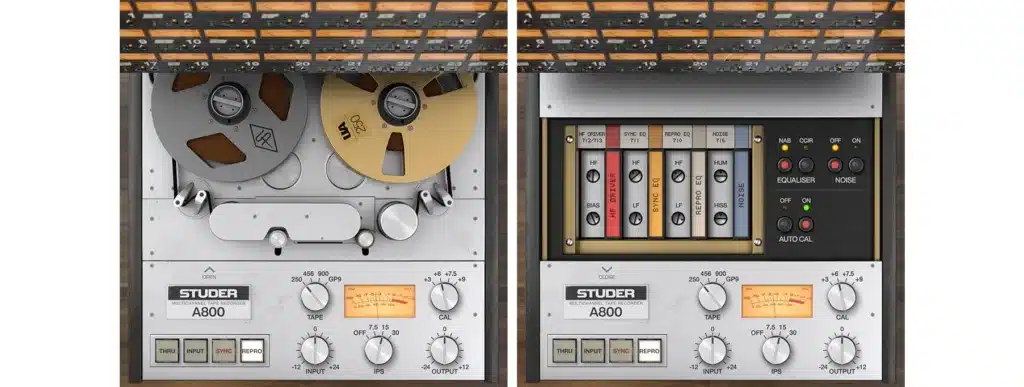
I’ll often start with the A800 on a guitar bus—usually the acoustic preset or something close. It gives the guitar that analog saturation and softens any digital harshness.
🎚 Transient Shaper
Sometimes strumming can be too sharp, especially with a pick. A transient shaper helps me tame the attack without squashing the dynamics.
🎧 FabFilter Pro-MB
This is a secret weapon for taming string squeaks or weird frequencies. I’ll set a band around 2–3 kHz if squeaks are too present, and compress it just a touch.
🎚 Pultec EQ
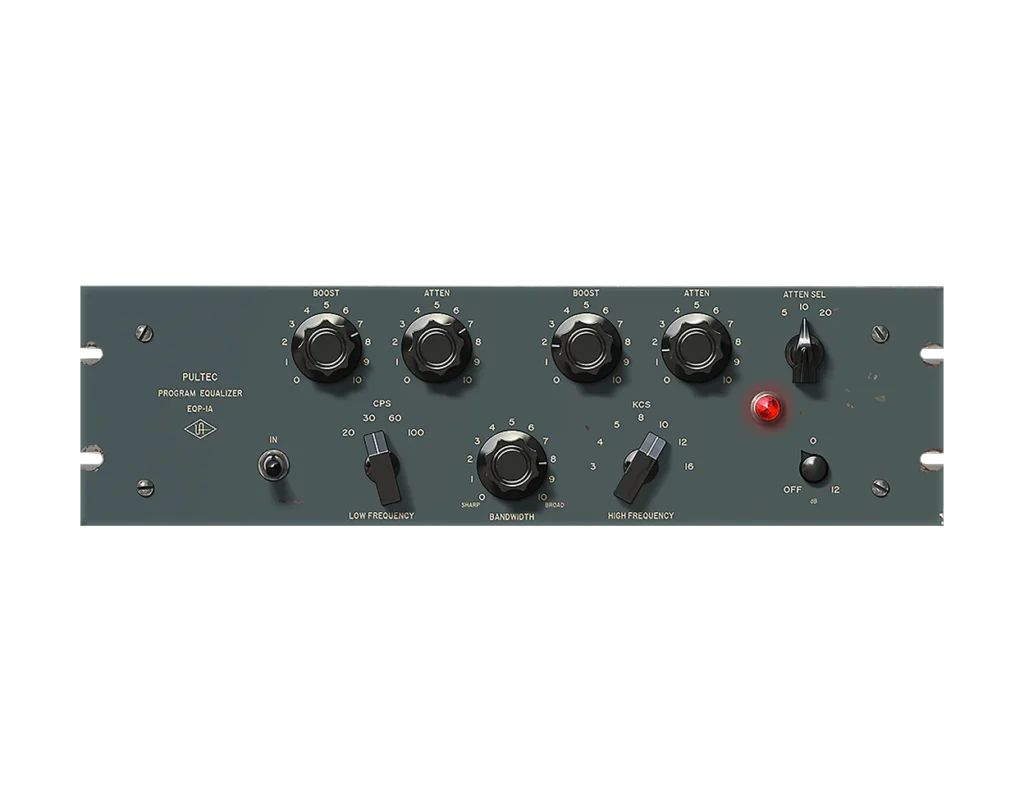
If the guitar needs more body or clarity, I’ll dial in a subtle boost at 100 Hz and 800 Hz with a Pultec. You’d be surprised how much vibe you can add with just one or two dB here.
Creating Depth and Space Without Losing Focus
One of the most overlooked parts of mixing acoustic guitar is how it sits in the space of your mix—not just tonally, but spatially. You can have a beautifully EQ’d acoustic track, but if it’s crowding the vocal or smearing the stereo image, it won’t feel right.
I think of depth as having three dimensions: front to back, side to side, and top to bottom. Acoustic guitar often lives across all three—so getting this right is huge for keeping the mix clean and immersive.
Front-to-Back: How Close Should It Feel?
Not every acoustic guitar should sound like it’s being played right in your ear. In sparse ballads, yeah—you want that closeness. But in a denser mix, pushing it back just a little can make room for the lead vocal and percussion to breathe.
To create that subtle “step back,” I’ll:
-
Dial in a very short pre-delay on the reverb (around 10–20 ms). This gives a sense of space without pushing the guitar into the background.
-
Use a touch of high-shelf roll-off around 10–12 kHz. Losing a bit of air can make it feel less “in your face” without sounding dull.
-
Add a bit of transient softening (just a touch) to smooth the front edge of the guitar’s attack.
These are micro-moves—but when combined, they place the guitar in a space that supports the song instead of fighting for the spotlight.
Side-to-Side: Width Without Wash
If I’m mixing double-tracked acoustics or a stereo mic setup, the temptation is to pan them wide for instant lushness. But if the rest of your mix is already wide—synths, backing vocals, FX—you can easily create a mix that feels “wide but blurry.”
Instead of hard-panning by default, I’ll sometimes:
-
Pan each mic just 60–75% left and right to preserve some center weight.
-
Use mid/side EQ to scoop a bit of low-mid out of the sides (150–300 Hz), which cleans up stereo mud while keeping body in the center.
-
Add short stereo delays (10–15 ms) to one side of a double to create width without crowding other elements.
This kind of spatial mixing is subtle, but it adds dimension and lets your acoustic feel alive without stepping on the vocal, snare, or center-panned bass.
Top-to-Bottom: Layering Frequencies Across the Vertical Image
This one gets overlooked a lot. In a full mix, “top to bottom” doesn’t mean frequencies—it means how we perceive depth vertically. For example, in pop mixes, the kick drum and bass feel “down low,” while hi-hats and airier vocals feel “up top.”
The acoustic guitar often floats in the middle—too much overlap with synths or electric guitars here can cause clutter. I’ll often:
-
Use dynamic EQ to tuck the acoustic during vocal phrases, letting it bloom in the gaps.
-
Slightly pan complementary instruments (like piano or pads) in opposite directions to open up space vertically and stereo-wise.
-
Layer ambience from different sources (like room reverb and short plate) to give the guitar a 3D lift—almost like lighting a scene from two angles.
At the end of the day, great spatial mixing isn’t about “making things stereo”—it’s about giving each element a place to live. When you get the acoustic guitar sitting just right in the depth field, it not only sounds better—it makes the whole mix feel more musical and intentional.
Final Thoughts: Developing Your Ears, Taste, and Workflow
By the time you’ve adjusted mic levels, fine-tuned EQ, dialed in spatial effects, and massaged transients, it’s easy to forget the bigger picture: your mix should feel good, not just sound technically “correct.”
One thing I’ve learned after years of working with artists—from major-label pop stars to bedroom indie acts—is that mixing acoustic guitar isn’t about chasing perfection. It’s about finding the emotional center of the part and helping it translate through the speakers.
Here are a few thoughts I’ve picked up along the way that go beyond gear and plugins:
🎧 Your Ears Are Always Evolving
Don’t stress if what sounded great to you six months ago now feels a bit off—that’s a good thing. It means your ears are getting sharper. Some of my biggest leaps in mixing came after going back and cringing at an old project. That discomfort is growth.
🔁 Revisit Old Mixes with Fresh Perspective
I make it a habit to revisit mixes a day or two after finishing them, especially with acoustic-heavy tracks. Stepping away gives your ears a reset and helps you hear the guitar in the context of the song, not just the session. I often catch tiny balance tweaks or automation moves that make a big difference.
🛠 Build a Personal “Mix Flow”
It’s not about having a fixed template—but it is about having a flow that works for you. Maybe it starts with balancing dry tracks first, or maybe you like working in parallel buses early on. The key is to develop a process that feels intuitive and gets you to creative decisions faster.
For me, that often means rough balancing and panning with zero plugins first—just to hear the raw interaction between the parts. Once that sounds good, everything else becomes easier.
🤝 Collaborate or Get Feedback When You’re Stuck
Sometimes you’re just too deep in a mix to be objective. When I hit that wall, I’ll bounce the track to a few trusted friends or pull it into a new session with nothing on it—just to hear it with fresh ears. You don’t have to mix in isolation, even if you’re working solo.
Acoustic guitars are tricky because they live in that space between precision and emotion. But that’s also what makes them so rewarding to mix. When you get it right—even if it’s subtle—it can glue the track together in a way no other instrument can.
So keep trusting your instincts, keep refining your approach, and never stop chasing that feeling when the guitar finally clicks in the mix.
Ready to Take Your Mixes to the Next Level?
If you’re struggling to get your acoustic guitar (or your whole mix) sounding as polished and balanced as the records you love, I can help. Whether you need full mixing and mastering or just want feedback on a rough mix, I offer pro-level results with a fast turnaround and a collaborative, artist-first approach.
➡️ Click here to send me your track and let’s work together on bringing your music to life.
Not quite ready? No problem—check out the other articles and videos on the site. I share everything I know so you can keep growing as a producer, engineer, or artist.

